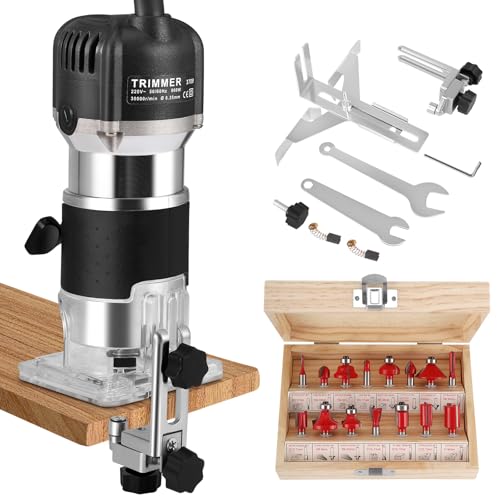Jacob – you’re quite right but I didn’t want to say it, I never ever had a shooting board, with a finely set nr4 I just plane the end in a vice.
Same - I made several shooting planes. They are too dirty with dust to use at this point. It's uncommon that it isn't faster to stay at the bench and put something in a vise, and on larger panel ends, etc, planing end grain to a mark is far more efficient. All planes work better upright than they do on their sides, too (you can plane hundreds and hundreds of feet of end grain before anything needs to be sharpened).
I think the draw of shooting boards is at the outset of making things, everyone wants accuracy, but it comes with skill in a lot of situations. The shooting board seems like a something for nothing tool (accuracy is available with it before skill) -the exception being maybe very small or thin work (fewer people do that than say they do, and the ones with their heads on straight make small accurate mitering. I'd bet most model makers or small bits makers now probably sand the rest off rather than shoot it).
It's in the group of things you'll see sold to beginners here, though - and that's super popular at things like amateur woodworking shows:
1) glitzy marking knives
2) really heavy planes, or odd planes of all manners
3) marking tools for routine things (dovetail markers, expensive try squares, etc)
4) various honing guides, the next best sharpening method gear (never cheap), gadgets and fixtures to sharpen other things or hold them (like card scraper holding devices, etc).
5) fixtures for shooting or planing long edges

































